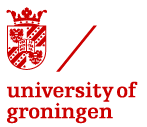
2023-10-26
Attoscience colloquium
Maxim gave a physics colloquium on the Nobel prize in physics 2023
Here is the link to the presentation slides
30-10-2023
Nanotubes paper
Published in Journal of the American Chemical Society (JACS), describing the process of self-(re)assembly in C8S3 molecular nanotubes (doi.org/10.1021/jacs.3c07103).
Watching Molecular Nanotubes Self-Assemble in Real Time
Molecular self-assembly is a fundamental process in nature that can be used to develop novel functional materials for medical and engineering applications. However, their complex mechanisms make the short-lived stages of self-assembly processes extremely hard to reveal. In this article, we track the self-assembly process of a benchmark system, double-walled molecular nanotubes, whose structure is similar to that found in biological and synthetic systems.
6-9-2023
Berlin 2023
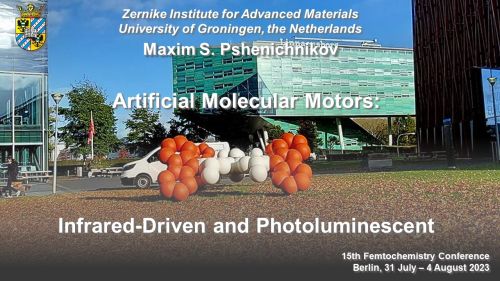
Prof. Maxim Pchenitchnikov gave an invited talk "Artificial Molecular Motors: Infrared-Driven and Photoluminescent" at the 15th Femtochemistry Conference (Berlin, 31 July – 4 August 2023)
30-8-2023
Sapporo 2023
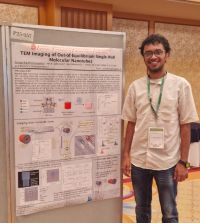
The 31st International Conference on Photochemistry (ICP-2023), took place in Sapporo, Japan.
Sundar Raj Krishnaswamy gave an oral presentation, titled "Self-Assembly of Out-of- Equilibrium Artificial Light-Harvesting Complexes", and also presented a poster titled, "TEM Imaging of Out-of-Equilibrium Single-Wall MolecularNanotubes".
Alexey Kuevda presented a poster talk titled "Controlled Energy Channeling in Double-walled Supramolecular Nanotubes"
29-8-2023
Best poster award
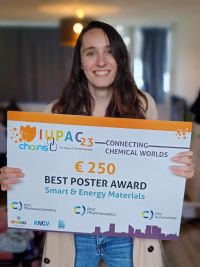
Kristin Becker won the best poster award at the IUPAC23 conference! The poster entitled "Climbing 'Up' the window of dye sensitized upconversion for photovoltaics" reports Kristin's results on converting the IR part of the solar radiation around 1.5 um (i.e. with the energy below the silicon bandgap) to 980 nm which is directly absorbed by silicon solar cells. Congratulations, Kristin!
4-4-2023
Presentation Sundar
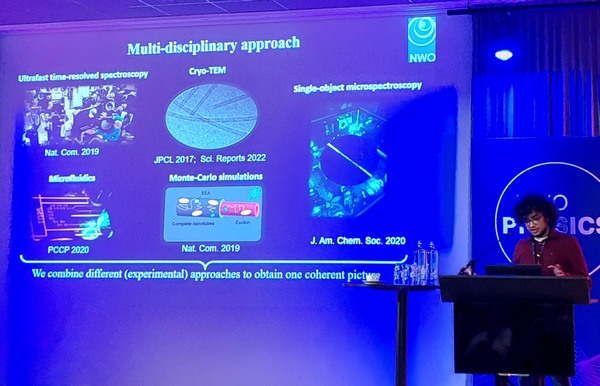
Sundar gave an oral presentation titled "Watching Molecular Nanotubes Grow in Real Time" at NWO Physics, 2023 held at Veldhoven.
Page 3 of 8

